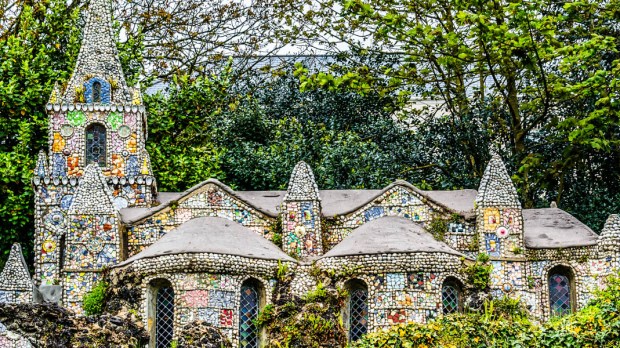In a lush green corner of the wooded hills of St. Andrew’s Parish on the island of Guernsey in the English Channel, lies a tiny chapel decorated with glittering mosaics that looks like it would be at home in Antoni Gaudi’s Park Güell in Barcelona.
To understand its origin, we need to go back to the history of education in Europe. The first kind of public education to appear in Europe was provided by the Church in the 12th century, when a decree ruled that every parish should assign a master to teach pupils who could not afford fees for private schooling. In the following centuries, many Catholic orders dedicated to education developed across the continent, including the Brothers of the Christian Schools, founded by French priest—who was later proclaimed saint—Jean-Baptiste de La Salle in 1680. De La Salle’s order flourished throughout the following two centuries, but in 1904 the French government passed a law banning all religious schools so the order had to flee the country in order to pursue its educational mission in exile.
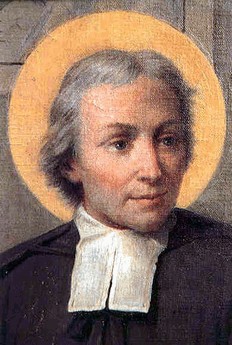
A group of de La Salle’s Christian Brothers sailed from the French coast across the English Channel to the the island of Guernsey, one of the English Channel Islands, and acquired a piece of land called Les Vauxbelets, where they built a wooden hut, a stone building and a farm.
When one of the brothers, named Déodat, looked at the wooden slope of Les Vauxbelets, he was reminded of the location of the grotto of Lourdes in the southwest of France, and he decided to try and built a similar-looking grotto on the site.
His first attempt, a stone chapel built in 1913, measured just 9 feet long and 4.5 feet wide. Its tiny size was heavily criticized by fellow brothers, so Déodat decided to pull it down.
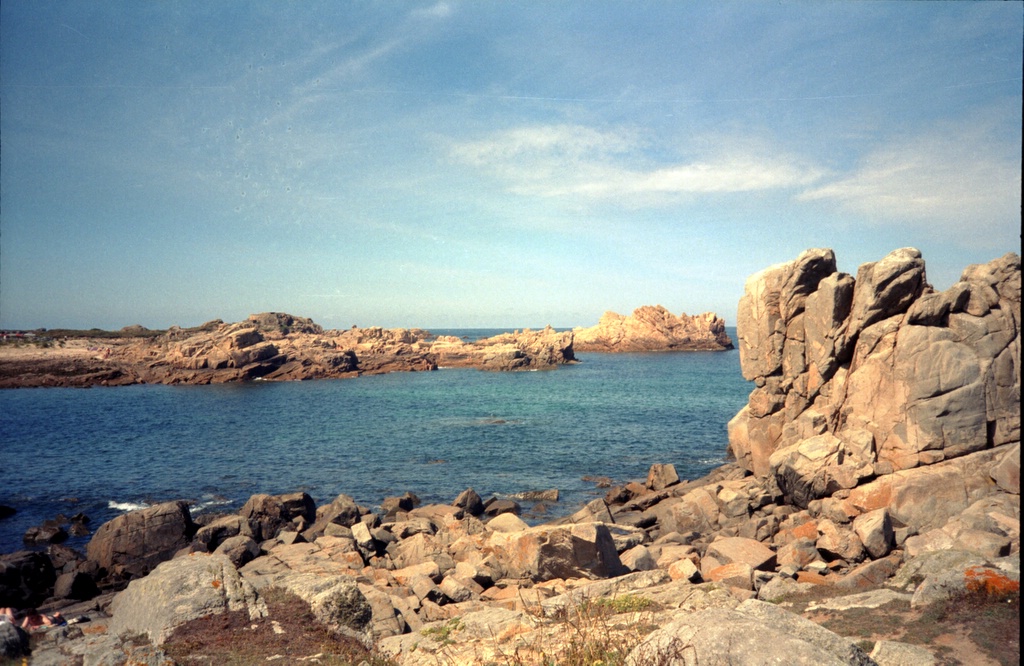
He then tried to build another, larger, chapel, which he finished the following year. This time, the chapel could accommodate up to four people. But in 1923, when the Bishop of Portsmouth—a rather heavy man—came to Guernsey in order to grace the chapel, he could not make his way through the narrow entrance. Déodat decided to build yet another chapel, showing an impressive dedication to his mission. On top of constructing the shrine, he would spend part of each day collecting pebbles and shards of china to decorate it.
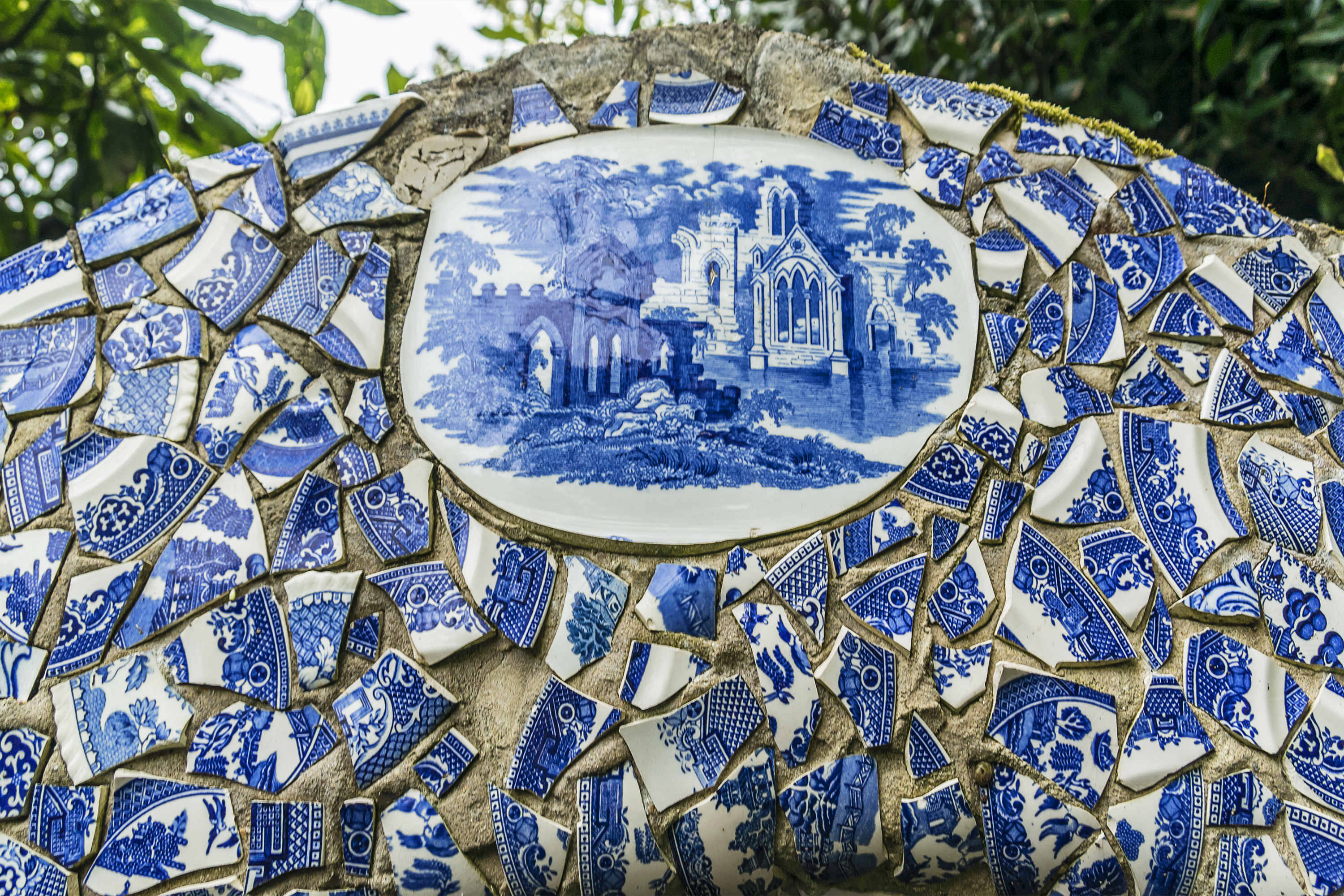
However, the onset of the Second World War brought Déodat’s efforts to an halt, and in 1939 he had to return to France due to his deteriorating health. But before leaving Guernsey, he had passed on the task of decorating the chapel to Brother Cephas, who continued to put Déodat’s vision into fruition for the following 30 years, until he retired in 1965.
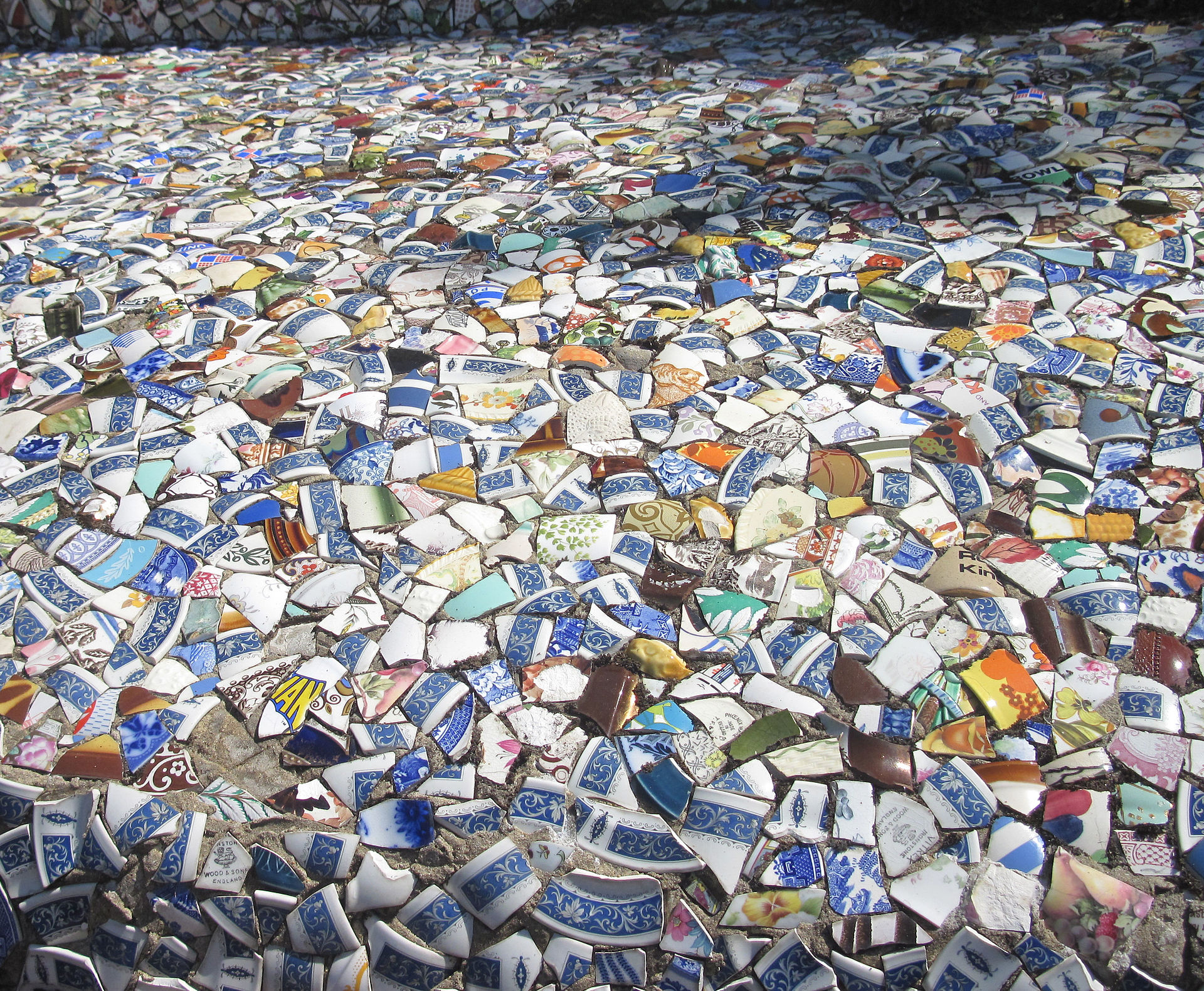
In the decade between 1965 and 1975, the chapel went into decay. But Déodat’s creation was saved after an illustrated article, showing it in all its glittering splendor, appeared in the English paper the Daily Mirror, turning what was by then known as Guernsey’s “Little Chapel” into an iconic landmark.
People from around the world started to send china shards to help decorate the chapel, and the Lieutenant Governor of Guernsey even donated some mother of pearl as his contribution to the cause. In 1977, a local committee was created with the mission of restoring and protecting “The Little Chapel” and was able to perform much needed work to its foundation and its roof.
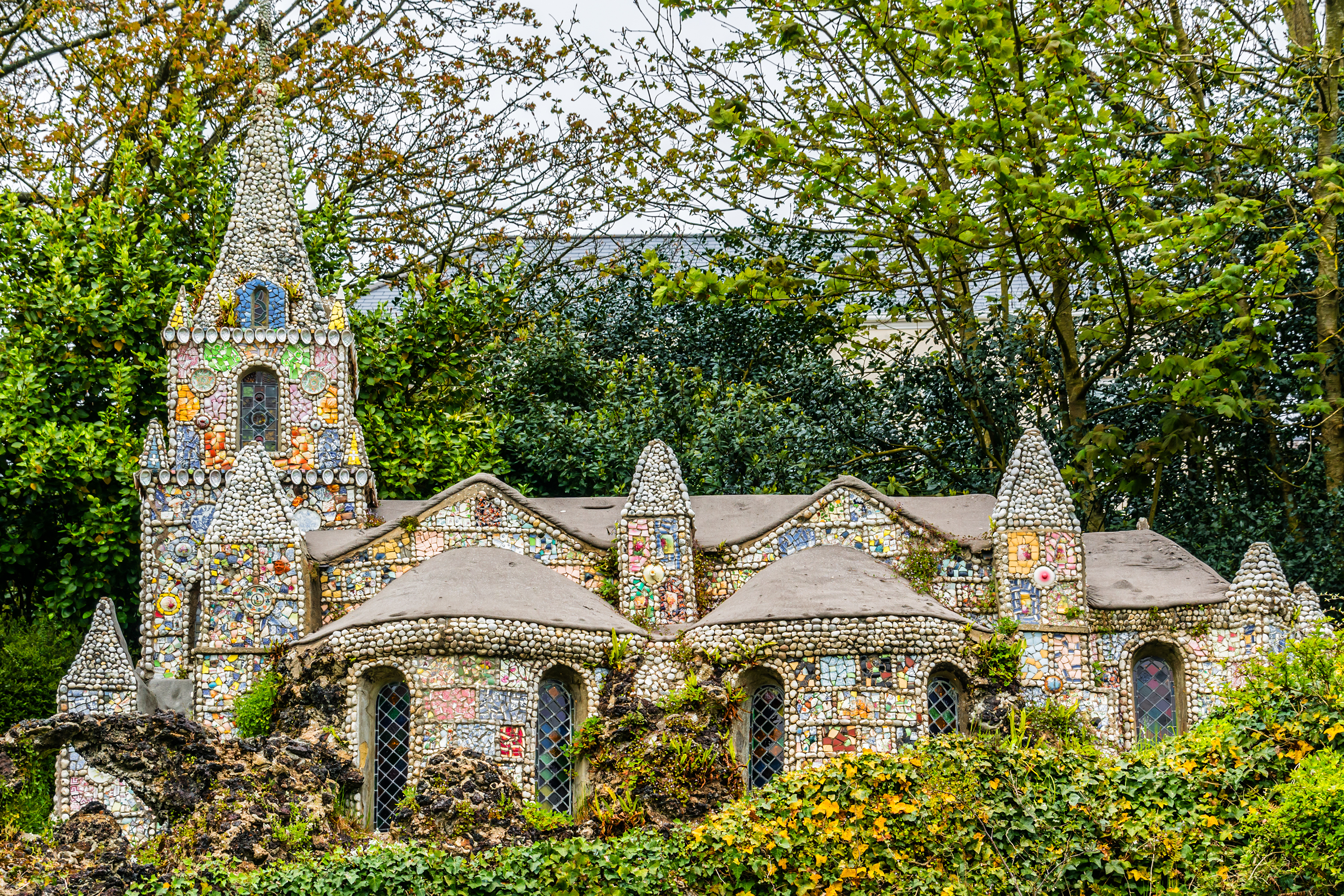
Over the years, the chapel has been preserved by the nearby Blanchelande Girls’ College, which on the 15th of August of each year organizes a torch-lit procession to celebrate the Feast of the Assumption of Our Lady. In 2016 the de la Salle Brothers donated the chapel to The Little Chapel Foundation, which is raising funds to restore it.
Visitors continue to flock to this tiny and glittery chapel, which is believed to be the smallest consecrated church in the world — making it one of Guernsey’s most famous tourist destinations.
